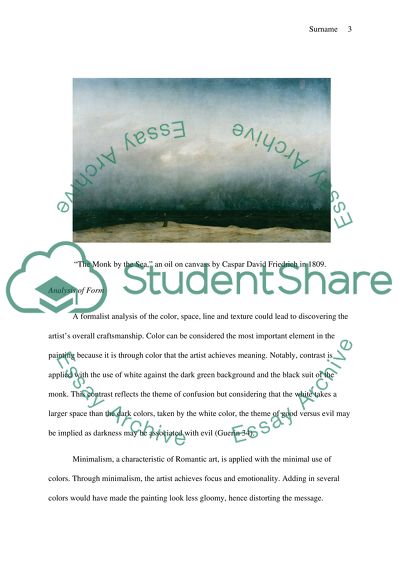Cite this document
(“Exploring a Work of Art Essay Example | Topics and Well Written Essays - 2500 words”, n.d.)
Retrieved from https://studentshare.org/visual-arts-film-studies/1489430-exploring-a-work-of-art
Retrieved from https://studentshare.org/visual-arts-film-studies/1489430-exploring-a-work-of-art
(Exploring a Work of Art Essay Example | Topics and Well Written Essays - 2500 Words)
https://studentshare.org/visual-arts-film-studies/1489430-exploring-a-work-of-art.
https://studentshare.org/visual-arts-film-studies/1489430-exploring-a-work-of-art.
“Exploring a Work of Art Essay Example | Topics and Well Written Essays - 2500 Words”, n.d. https://studentshare.org/visual-arts-film-studies/1489430-exploring-a-work-of-art.


